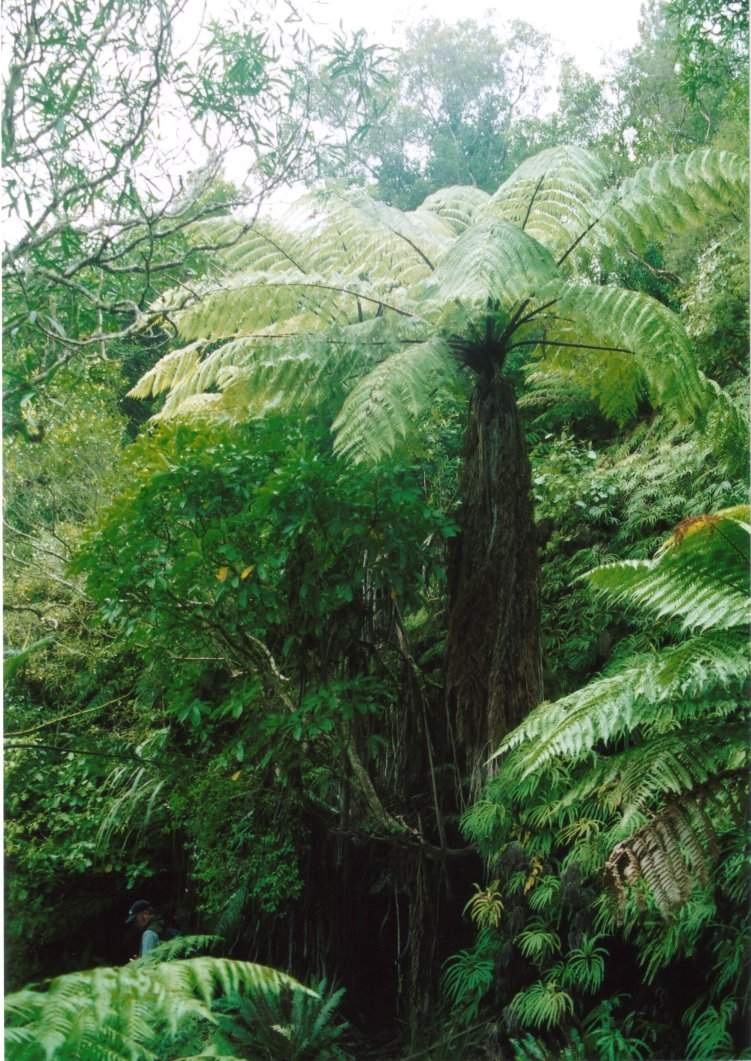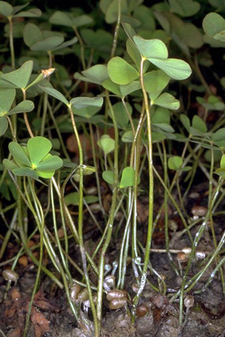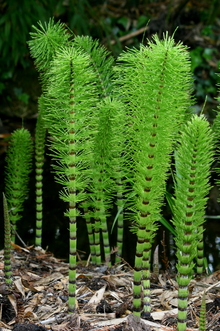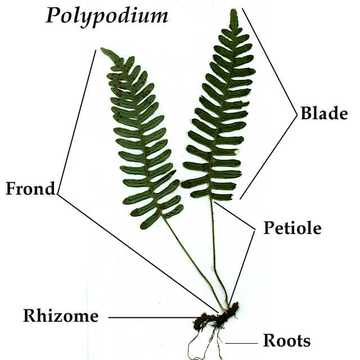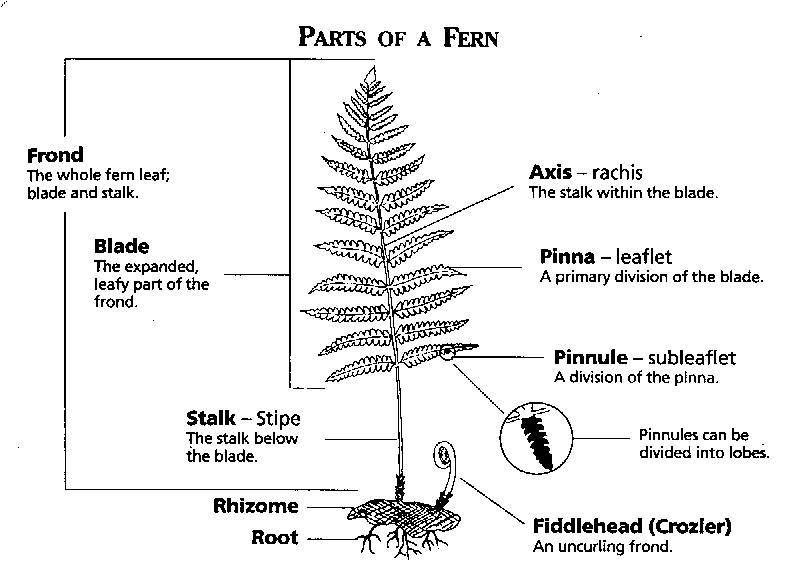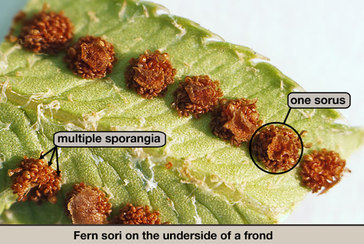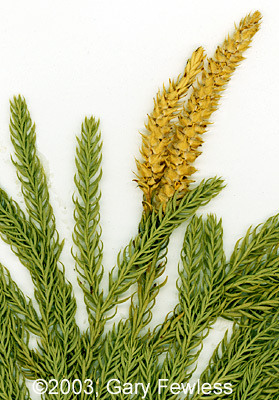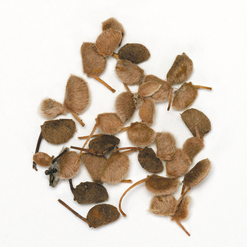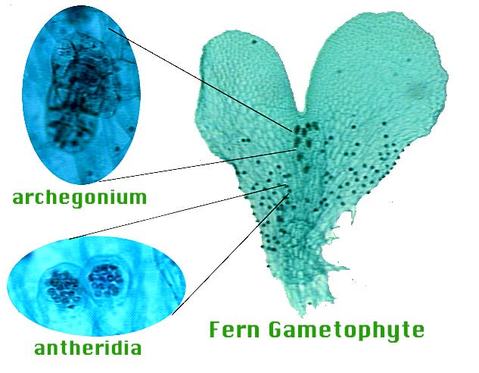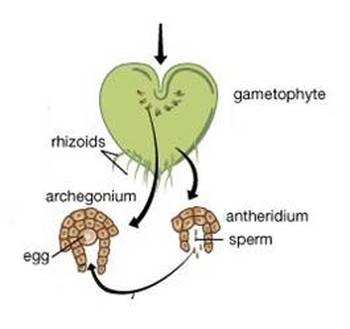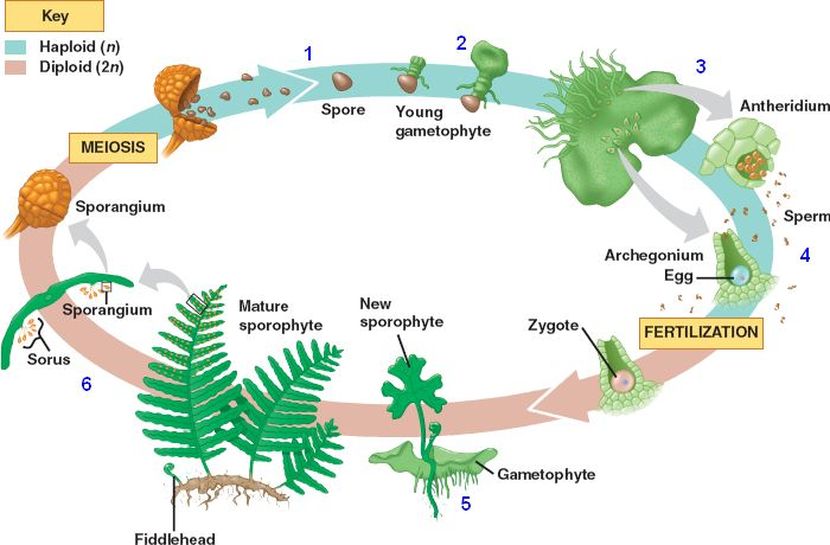ISC 11>CONTENT>2. DIVERSITY OF LIFE>3.KINGDOM-PLANTAE>PTERIODOPHYTA
SCOPE OF SYLLABUS :
- PTERIDOPHYTES: CHARACTERISTICS AND EXAMPLES
CLASS PRESENTATION
GENERAL CHARACTERISTICS
- INTRODUCTION:
- Pteridophytes (pteron= feather, phyton= plant, i.e. plants with feather like leaves).
- These are also known as vascular cryptogams.
- They are represented by about 400 living and fossils genera and some 10,500 species.
- These plants originated about 380,000,000 years ago in the silurian period of the paleozoic era and formed dominant vegetation on the earth during the devonian period.
Animation: Terrestrial plants
- HABITAT
- Most of the living pteridophytes are terrestrial, growing in moist and shady places.
- Some members are aquatic (Azolla, Marsilea, Salvinia) usually occurring in permanent ponds.
- A few forms are xerophytic like Equisetum.
- PLANT BODY
- They show much variation in their form, size and habit.They ranges from small annual (e.g. Azolla) to large tree-like perennials.
- The main plant body is sporophytic, differentiated into root, stem and leaves.
- The primary roots are ephemeral and are soon replaced by adventitious roots (which develop on rhizome).
- The stem is an underground rhizome by which ferns reproduce vegetatively. Some primitive ferns have tree-like stem.
- The leaves are scaly (Equisetum), small and sessile (e.g Lycopodium), or large, petiolate and compound (Ferns).
- Leaves may be small microphyllous (Lycopodium) or large megaphyllous (Pteris). These are called fronds.
- The root and stem have well developed vascular system, composed of xylem and phloem. The xylem is made up of tracheid and the phloem has sieve tubes only. Cambium is absent.
Animation: Ferns characteristics
REPRODUCTION
- Vegetative reproduction takes place by fragmentation of rhizome, adventitious buds etc.
- They reproduce by spores, produced in sporangia. The sporsporangia are usually borne on the ventral surface of the leaf.
- Sporangia occur on the surface of leaves in cluster called sori.(Sing. Sorus) and these leaves, bearing sporangia, are known as sporophylls
- The sporophylls with megasporangia are called megasporophylls and with microsporangia are called microsporophylls.
- Sporophylls are either unifromly distributed or are aggregated into compact cones (known as strobili) at the apex of the stem.
- In aquatic forms like Azolla, Salvinia, and Marsilea the sporangia are present within specialized structure called sporocarps.
- Most pteridophytes are homosporous, i.e. they produce only one type of spores, e.g., Lycopodium, Equisetum etc.
- Some others are heterosporous, i.e. they produce two types of spores (microspres and megaspore). The megaspore and microspore germinate to give rise female and male gametophyte respectively.
- Gametophyte is a thalloid, called prothallus. It is a free-living gametophyte bearing sex organs, antheridia and archegonia.
- The antheridia are small hemispherical structures enclosing 32-48 sporocytes (Spore mother cell).
- The antherozoids are unicellular, uninucleate and spirally coiled flagella.
- The archegonium is flask-shaped structures that are partially embedded in the prothallus. Neck of archegonium has 4 vertical rows of cells.
- Water is essential for fertilization. The antherozoid and egg fuse to form a diploid zygote, which functions as the mother cells of sporophyte generation.
- Fertilization and and development of zygote into young embryo take place within the young gametophyte. This event is a precursor to the seed habit considered as an important step in evolution.
- The life cycle shows alternation of generation in which a dominant sporophyte and an inconspicuous gameto
LIFE CYCLE : PTERIDOPHYTES
Animation: Ferns life cycle
CLASSIFICATION
- Pteridophytes includes four classes.
- Psilopsida: Psilotum
- Lycopsida: Lycopodium,Selaginella
- Sphenopsida: Equisetum (Horse taill)
- Pteropsida or Filicopsida: Pteridium, Adiantum
ECONOMIC IMPORTANCE
- Ornamental value : Because of their delicate and graceful foliage, ferns are grown as ornamental plants in gardens.
- Drugs : Rhizome and petiole of Dryopteris yield an antihelminthic drug. Lycopodium is used in the treatment of rheumatism and Adiantum roots help to cure throat infection.
- Food : Some are rich source of starch.
- Soil binding : Pteridophytes protect the soil from erosion even along hill slopes by binding the soil.
- Scouring : Equisetum stems are used in scouring (cleaning of utensils) and polishing of metals.
- Biofertilisers : Azolla has a symbiotic association with nitrogen-fixing cyanobacterium, Anabaena. It is inoculated to paddy fields to function as a biofertilisers.
|
|
